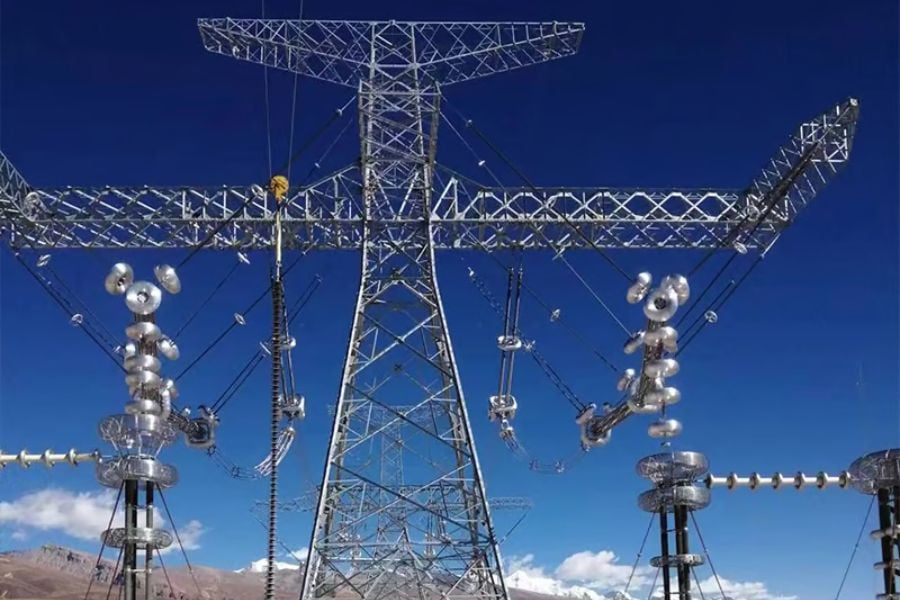The Basics of High Voltage Direct Current
High voltage direct current (DC) is essential in various applications, from power transmission to industrial processes. Generating high voltage DC requires specific techniques and equipment to ensure optimal performance and safety.
Understanding High Voltage DC Generation
To generate high voltage DC, you need to convert alternating current (AC) to DC through a process called rectification. This process involves passing the AC current through various components such as diodes and transformers to achieve the desired high voltage output.
Choosing the Right Components
Selecting the appropriate components for high voltage DC generation is crucial. Diodes, transformers, capacitors, and voltage regulators play a vital role in the efficiency and stability of the DC voltage output. It is essential to use high-quality components to ensure reliable operation.
Designing the Circuit
Designing a circuit for high voltage DC generation requires careful planning and consideration of various factors such as voltage requirements, current capacity, and safety measures. Proper circuit design is essential to prevent voltage fluctuations and ensure continuous operation.
Safety Precautions
When working with high voltage DC, following safety precautions is paramount. Always use insulated tools, wear appropriate protective gear, and work in a designated area with proper ventilation. Additionally, ensure that the circuit is properly grounded to prevent electric shocks.
Tuning and Calibration
After assembling the components and circuit for high voltage DC generation, it is crucial to tune and calibrate the system for optimal performance. Adjusting voltage levels, current flow, and other parameters will help achieve the desired output voltage while maintaining stability.
Testing and Troubleshooting
Before putting the high voltage DC system into operation, thorough testing and troubleshooting are necessary to identify any potential issues. Use a multimeter or oscilloscope to measure voltage levels, current flow, and overall system performance. Address any abnormalities promptly to ensure smooth operation.
Applications of High Voltage DC
High voltage DC has various applications in industries such as power transmission, electric vehicles, renewable energy systems, and medical devices. Its ability to transmit power over long distances with minimal losses makes it an essential technology in modern applications.
Advancements in High Voltage DC Technology
With ongoing advancements in high voltage DC technology, we can expect improved efficiency, reliability, and scalability in generating high voltage DC. Innovative solutions such as solid-state rectifiers and smart grid integration are shaping the future of high voltage DC systems.
Final Thoughts
Generating high voltage DC requires expertise, precision, and adherence to safety protocols. By understanding the principles of high voltage DC generation, selecting the right components, and following best practices, you can create a robust and efficient DC system for various applications.
Quote Inquiry
Contact us!

